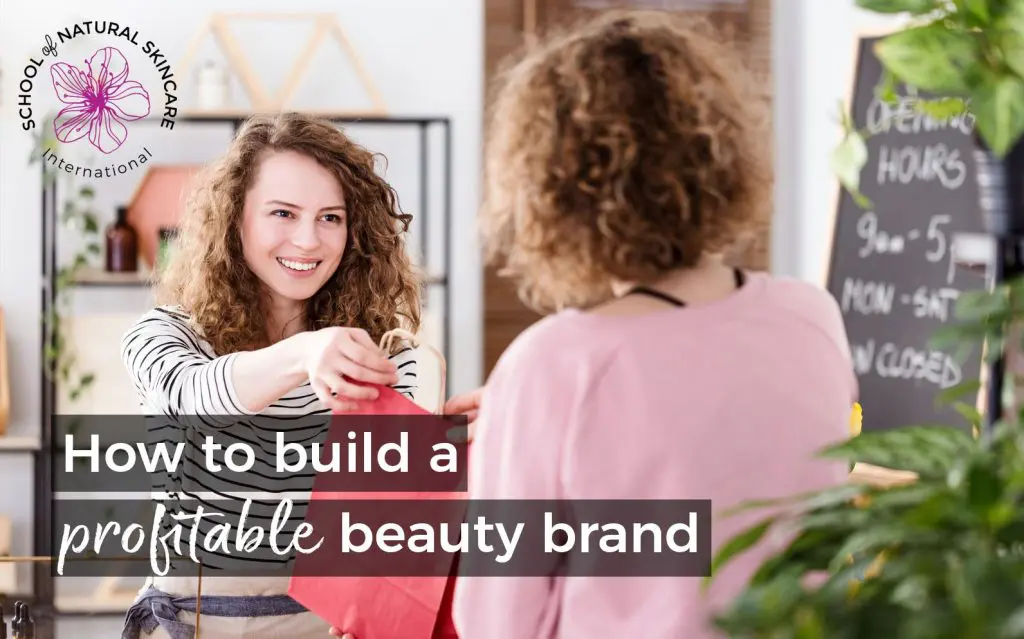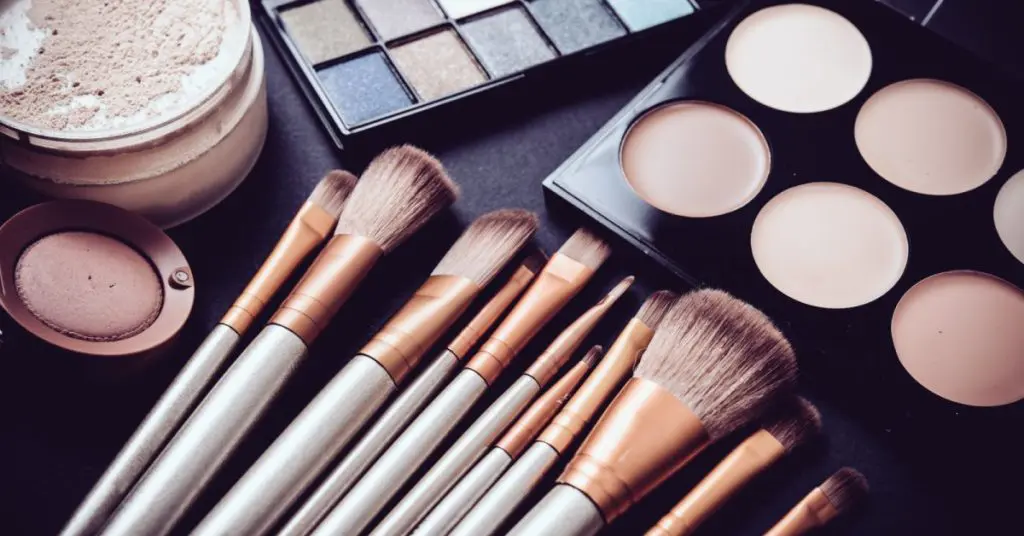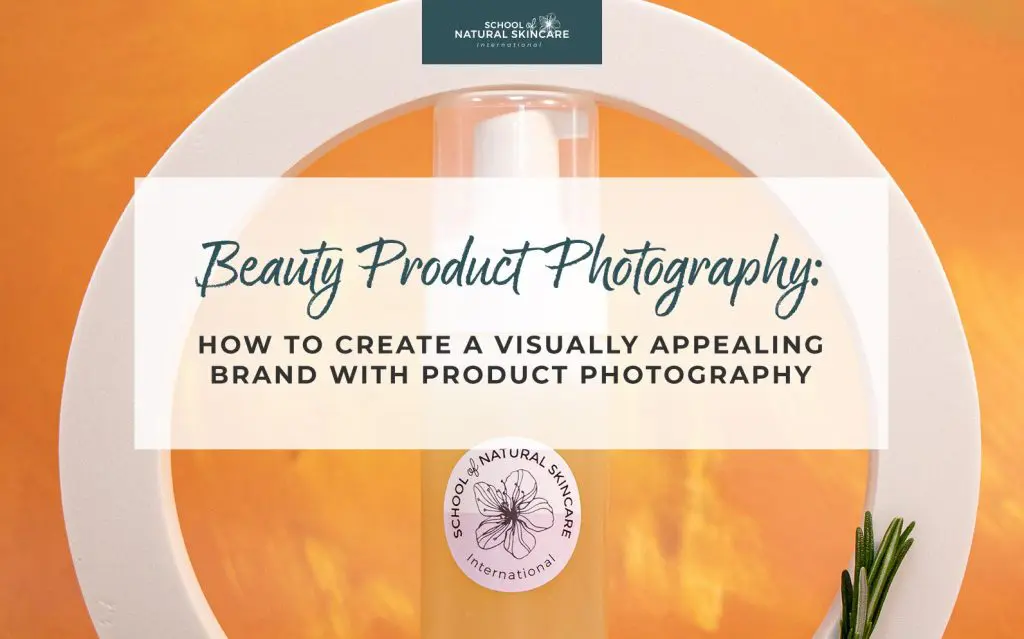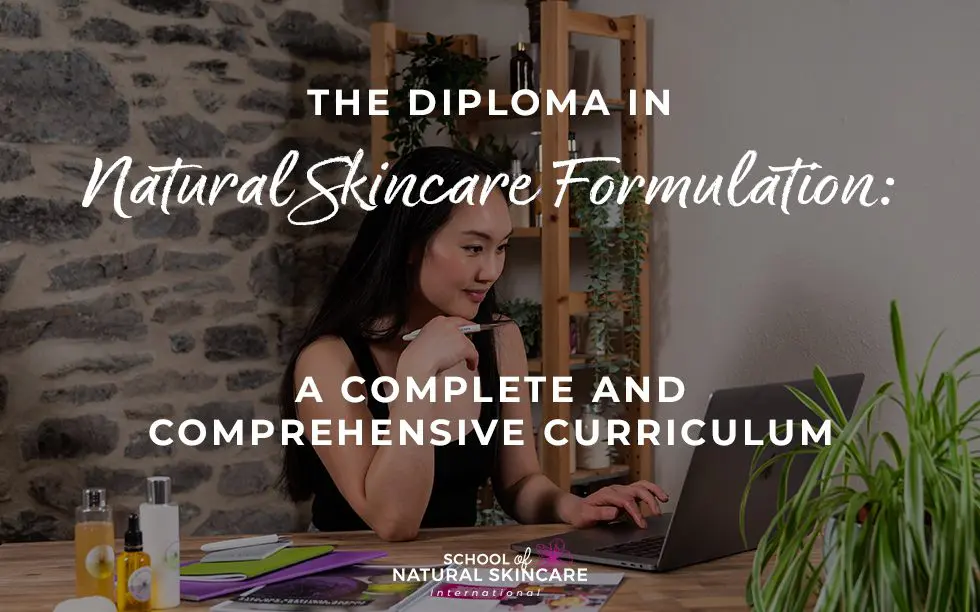As an entrepreneur, you have to be good at many different things; making products, dealing with suppliers, marketing, finances, PR, social media, planning and organization, and the list goes on!
For most beauty business owners, finance is the sticky area which they don’t feel very confident in and when you don’t feel confident, you tend to avoid doing those tasks perhaps to the extent that you bury your head in the sand.
Big mistake!
You absolutely cannot build a successful and therefore profitable brand without facing and becoming good at your finances. So, let’s talk about profit.
Simply put: Profit = Sales – Costs
The profit you make on your brand is essentially the difference between your total costs and your total sales. Most small businesses and solo entrepreneurs take whatever is left over from the sales after all the costs have been covered, as their profit and/or wages.
This is often a huge disappointment at the end of the year.
Remember, to be in business you need to pay yourself and also make money that you can invest in the future growth of your business, for example on equipment (eg computer, phone, specialist items for producing products), your premises or office, business coaching and business development courses.
A better way to look at profit, is as a ‘fixed cost’, not what’s left over
Otherwise, if you price your products incorrectly, ingredient prices suddenly increase or you end up with excess stock wasted, you will end up with less profit or even making a loss.
Sales – Costs = Zero Profit
This is a mindset shift if you want to be successful in your business and not just a hobbyist. You must be paying yourself, covering all your costs and making a profit.
What’s the number 1 key to making a profit in a product-based business?
Put simply, it’s how you price your products, and it’s not easy to get right.
How you price your products is based on many things; the prices of competitor/similar brands in the marketplace, your brand positioning (is it high-end/premium, mid-range or low-end/cheap), retailer margins and your costs.
Your ‘Total Product Cost’ includes the cost of all the elements which make up the product (ingredients, jar, lid, label, box, etc) as well as the ‘Development Costs’ associated with the development of that product (such as design, testing, equipment, focus group, etc).
In addition, your income needs to cover not just your Total Product Costs but also ALL of your other costs such as marketing, branding, photography, general business running costs (eg stationery, phone, computer, postage), your time (very important) and your profit.
What’s the best way to structure your prices so that you can make a profit?
A price structure is a brilliant way to include all product-related costs in a framework, so you can calculate things like profit margin, retail price, retailer margin, etc. It would be on a spreadsheet, enabling you to alter each variable and see how it affects the rest of the equation. This is vital whether you’re working with retailers or not.
To conclude, pricing is critical to making a profit and it’s important to get right from the start.
Free Guide
The Beginner's Guide to Formulating Natural Skincare Products (From scratch, like a professional!)
Start creating your own natural skincare products from scratch – rather than simply following recipes!
Learn how to formulate like a pro and discover our top tips for becoming a confident skincare formulator.
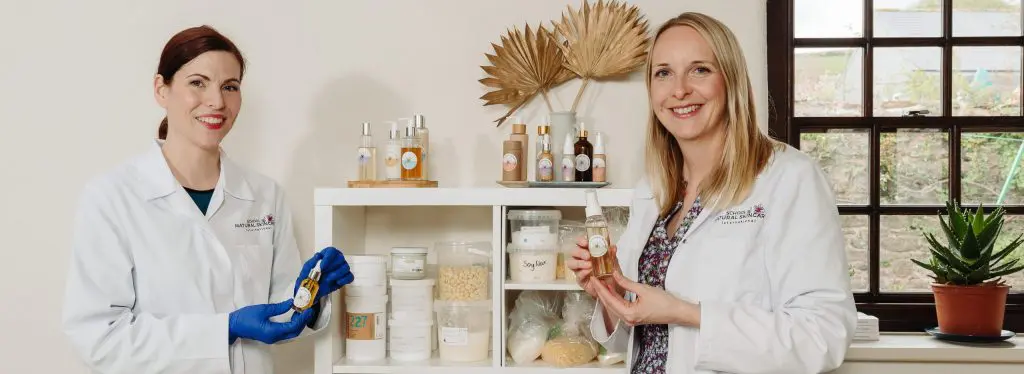
Exclusive for our newsletter subscribers. Sign up now.
We look after your data in accordance with our privacy policy.
Download this fabulous guide and you’ll learn:
- What formulating is and why you need to be doing it!
- The difference between following recipes and formulating your own products.
- Our step-by-step process to designing products people love.
- Four easy ways to personalize your skincare products.
- Choosing the right carrier oils for your beauty products.
- Plus, you’ll get our Safe Product Checklist: How to make sure the skincare products you make are safe and stable
